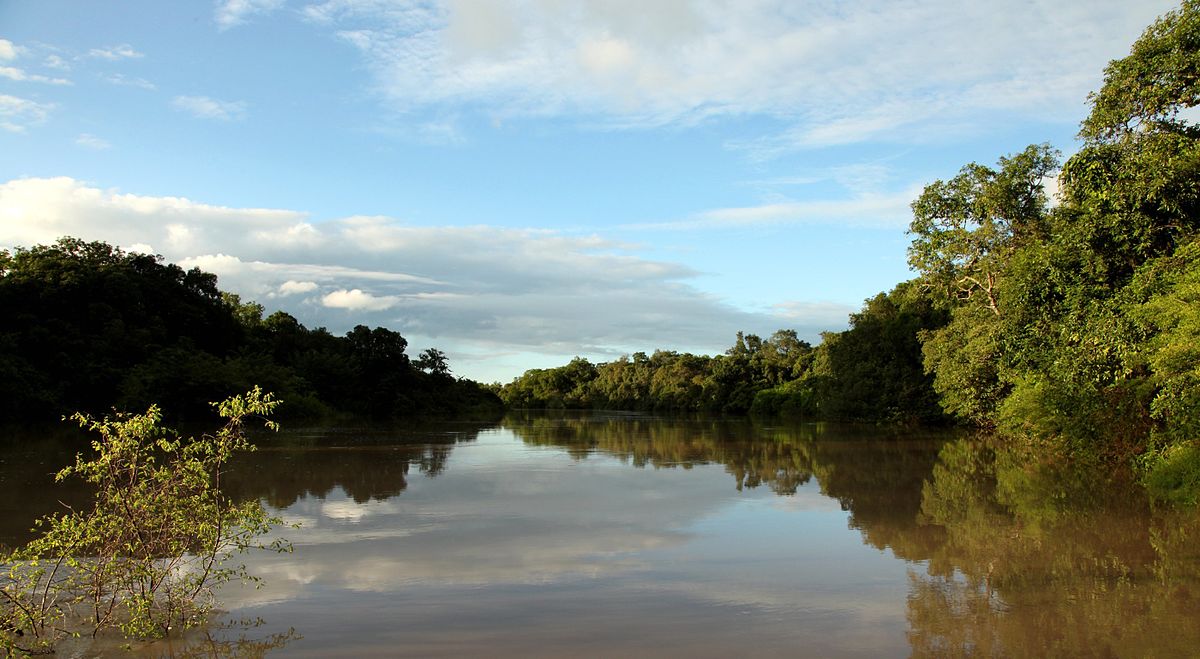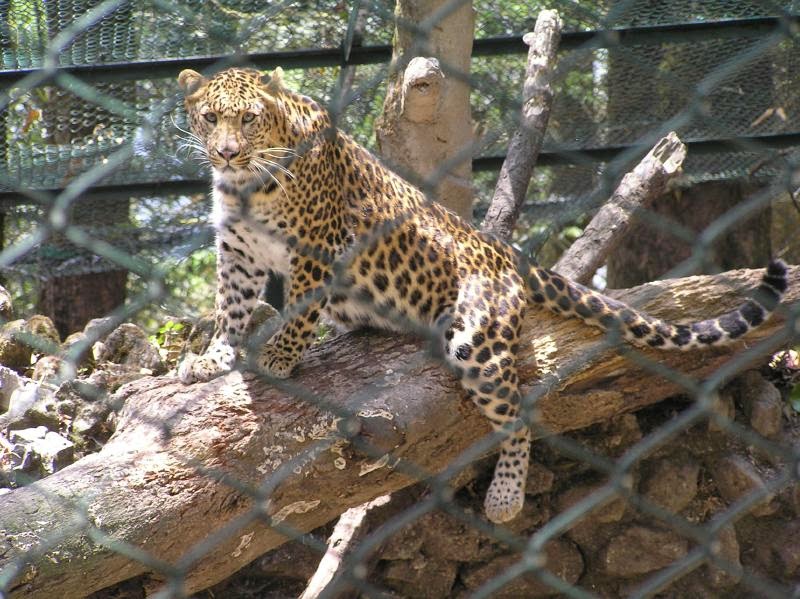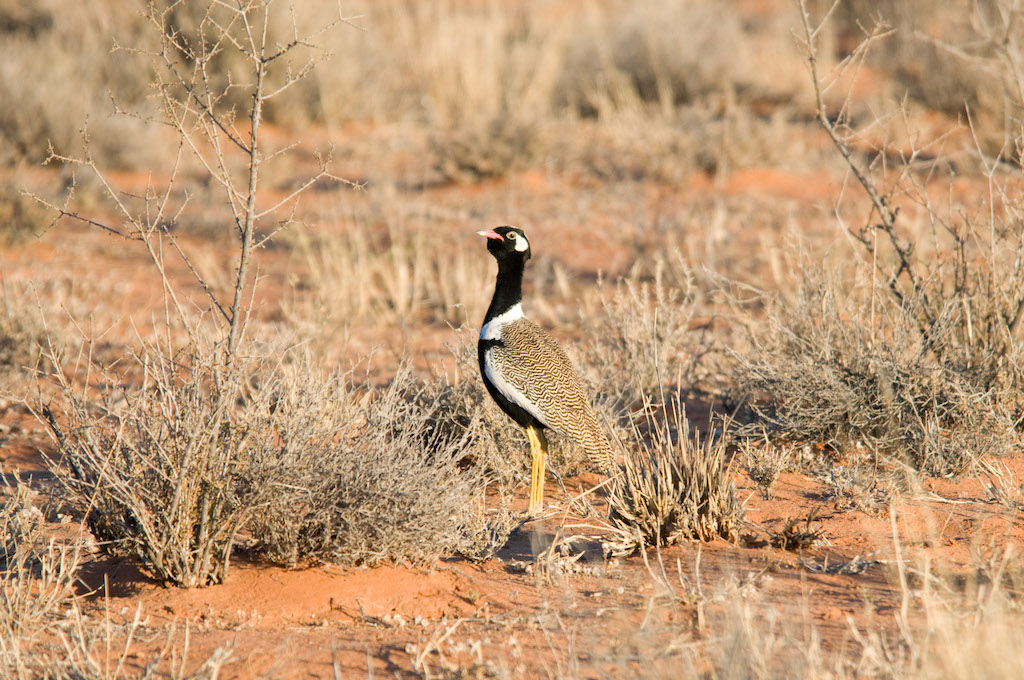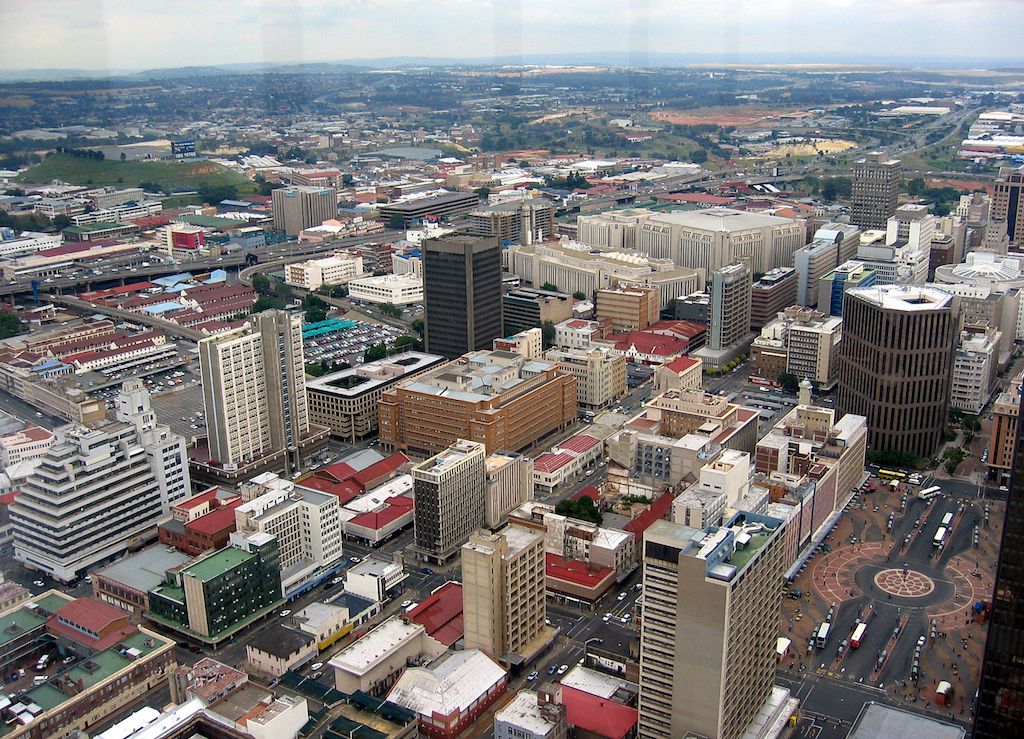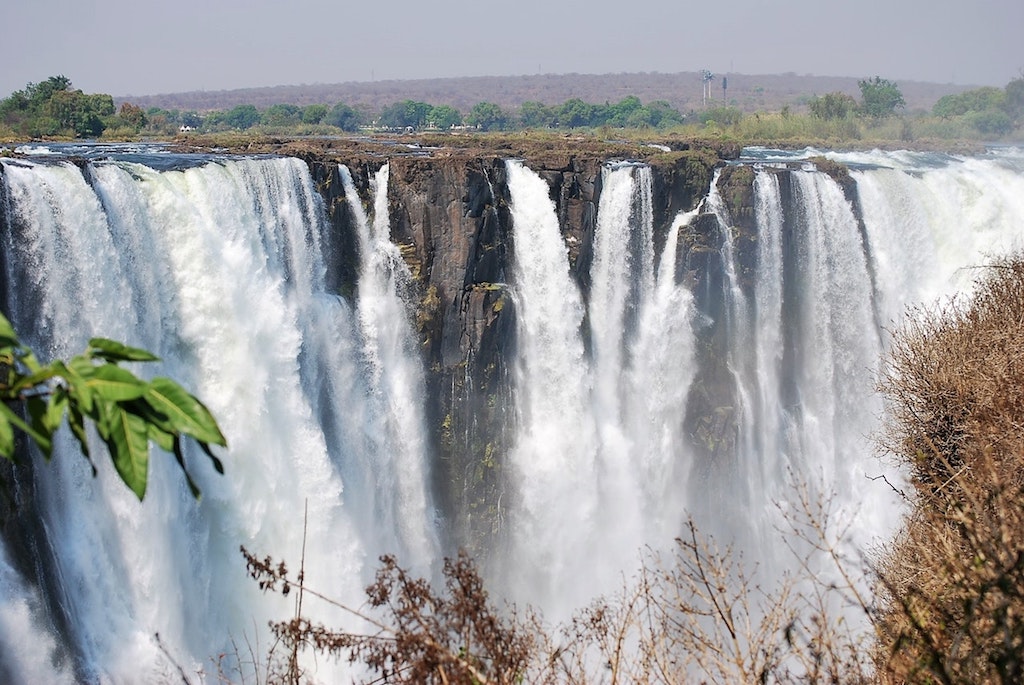There are many places to visit in Niger. Cultural sites that reflect the traditions of desert empires, as well as wild and natural beauty, will make lovers of sub-Saharan culture thrilled. The mountain ranges offer a magnificent view of the volcanic mountains. You will discover cemeteries of Gadafawa dinosaurs and many paintings. The region of Timia, meanwhile, has craters of volcanoes and beautiful waterfalls. It is possible to hike and trek in the mountains. Continue Reading
Famous for being one of the largest cities in West Africa, Bamako is located in a quiet area on the banks of the Niger River. With a history that goes back to prehistoric times, it is not a surprise that this city is one of the tourist places that is quickly becoming popular. Continue Reading
There are various places in South Africa you can visit in just two days. You can plan for a trip to South Africa and enjoy the best places to see. The official name of the place is Republic of South Africa. You can at best explore the treasures of the Dark Continent. Trip to South Africa is definitely going to make you feel so special. You would love the show of African scenery at the place. There are more things in and out here. You would even love to explore through the beautiful and the hot deserts. There are more beautiful things to admire as you move along. Continue Reading
For those who know little or nothing about South Africa, we usually talk about the city of Cape Town for a great holiday but have you ever thought about traveling to the other big city of that country, namely Johannesburg?
This city is located 1800 meters above sea level. Johannesburg was the center of anti-apartheid movement and we can still see sharp scars between the dense downtown and residential suburbs that adjoin the huge townships like Soweto farther south.
We bring you a list of some of the places to visit in Johannesburg.
• The Apartheid Museum
It is impossible to visit Johannesburg without mentioning the apartheid that marked South Africa. The Apartheid Museum is dedicated to this racial segregation policy. Here you can retrace its history and its end with the intervention of Nelson Mandela, famous South African political leader and revolutionary. Here you can immerse yourself in South African history and better understand these tensions, which are not totally erased even today.
• Nelson Mandela Square
After the Apartheid Museum, your visit to Johannesburg naturally takes you to Mandela Square. This public square is in the Sandton City district. It is the wealthiest district in Johannesburg and a popular shopping and dining destination.
• Fashion District
Welcome to a world of colors where fashion lovers will find their happiness. Here, it’s simply a fashion designer’s paradise. If you do not know what to see in Johannesburg, Fashion District will dazzle your eyes with its incredible and colorful fabrics.
• World of Beer
200 different beers are produced in South Africa, and Johannesburg has chosen to create a museum dedicated to this product. The history, production, and tasting of beer are displayed. And of course, in the end, you can enjoy a few beers and come to your own opinion about South African beer.
• Constitution Hill
An essential part of your stay in South Africa is visiting the Constitutional Court located in the ramparts of Old Fort, a former prison where Nelson Mandela was detained. This very informative tour teaches you more about the fight against apartheid.
• The Wits Museum
One of the newer places to visit in Johannesburg since it was completed in 2012, this art museum is also a must see during your visit to Johannesburg. With 9,000 works, it is simply the largest museum of African art. There are collections from the 4th century to the present day. Jewelry, musical instruments, masks, paintings, sculpture are exhibited. Many events take place throughout the year including discussions with the artists.
• Ngwenya Glass Village
Tourists in Johannesburg also visit the outskirt to discover places such as Ngwenya Glass Village. Through the twelve arts and crafts stores in this village, you will learn more about the tradition of glassblowing. Admire the craftsmen in their works and participate with your children in playful and enriching activities at the same time.
• Soweto
Soweto is the abbreviation of South Western Township. It was in this suburb of Johannesburg that Nelson Mandela was born. It is a symbol of resistance to apartheid. You are advised to take a guide who will help you retrace the history of this suburb.
Zimbabwe has one of the most pleasant climates in the world. The days are sunny with a spectacular thunderstorm in the afternoon or evening. The end of the dry and cool season, between September and October, is the best time to observe the wildlife.
The country is surrounded by South Africa, Botswana to the southwest, Zambia to the northwest and Mozambique to the east and north. The Zambezi River forms the natural border with Zambia.
Zimbabwe’s national parks and private wildlife ranches with their miombo and thorny acacia tree forests offer great opportunities to see wild animals, including antelopes, zebras, and giraffes, roam the plains and you may have the chance to see at least some of the Big Five (buffalo, elephant, leopard, lion or rhinoceros) from a vehicle, on foot or on horseback.
Here are some interesting places to visit in Zimbabwe.
• Harare
The capital Harare is located in the north-east of the country. Formerly known as Salisbury, the city was renamed in 1982. Harare, nicknamed “Sunshine City”, is rather pleasant with its vast parks and jacaranda avenues. Visit the National Botanical Gardens, the National Museum, the National Gallery of Zimbabwe (exhibitions of African and contemporary art) and the archives exploring the history of colonization of the country, documents in support. At the very gates of the city are several wildlife reserves – Thetford Game Reserve, Kuimba Shiri Bird Sanctuary, Mukuvisi Woodlands, Lion & Cheetah Park, Lake Chivero, etc.
• Victoria Falls
Named to honor of the Queen of England by David Livingstone, the famous explorer, the Victoria Falls are one of the most impressive places to visit in Zimbabwe. The Zambezi pours down the falls at an average rate of 550 million liters of water per minute. The flow is at its lowest around August and the highest around April.
• Hwange National Park (formerly Wankie Game Reserve)
The largest and most famous national park of Zimbabwe extends over a huge territory of 14650 sq km. Mostly covered by savannah, it has one of the largest concentrations of African elephants. There are at least 30,000 and maybe even 40,000.
Situated in the southwest of Zimbabwe, Hwange is home to a hundred or so mammal species and nearly 400 birds. They are ideally observed at the end of the day near water points (most artificial); observation posts have been set up for some.
• Matobo (Matopos) National Park
South of Bulawayo, this “small” park (445 sq km), also a World Heritage Site, is famous for its granite formations carved by erosion, its precarious balancing rocks, and rock paintings.
At Malindidzimu inside the Matobo Park, is the grave of Cecil Rhodes, the man who led colonization of Rhodesia at the end of the 19th century. Many black eagles live on the cliffs. Several black and white rhinos have been resettled here to protect them.
• Great Zimbabwe
This stopover is unavoidable. Here you will discover the ruins of Great Zimbabwe, the capital of a kingdom which, at its peak in the 13th and 14th centuries, ruled a vast territory stretching from what is now Botswana to Mozambique. It is the most important medieval African city south of the Sahara.
The Great Zimbabwe National Monument is one of the principal examples of the nation’s historical heritage.

